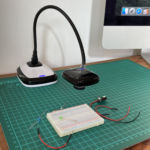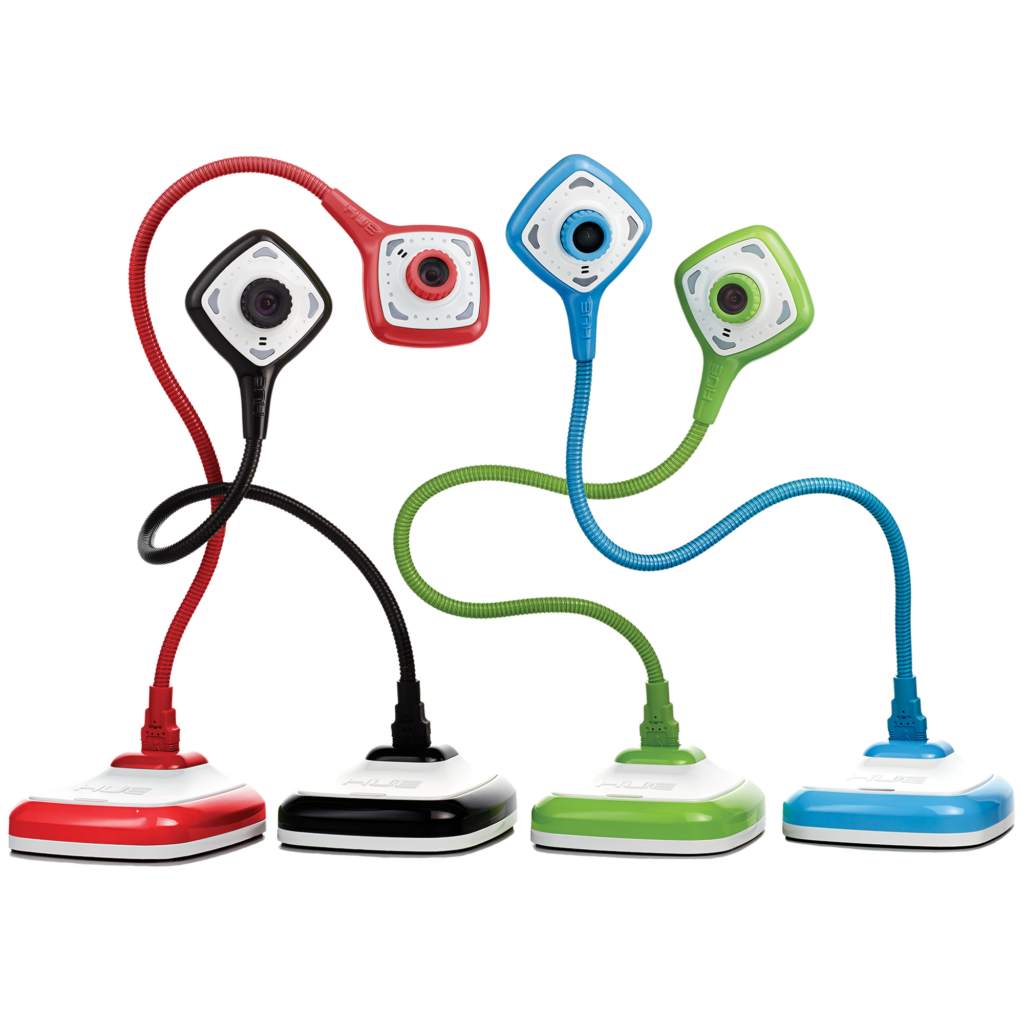
Give every student a front row seat in D&T classes

Stop motion animation frame rates explained

Guest post written by John Dabell.
The Covid-19 pandemic continues to change the way schools deliver lessons to their students. It is now increasingly common for lessons to be recorded and subsequently made available for students to watch in their own time. This concept was introduced a few years ago as ‘Flipped Learning’ and had already started to become a force in education before the pandemic. There are many good reasons for extending its use beyond lockdown learning.
Students integrate a range of digital resources into their study practices. The resources they choose are based on ease of accessibility, the type of information they are looking for, their personal preferences and their beliefs about learning.
Learning is a two-step process involving initially content acquisition followed by understanding. Here are some of the many reasons why using a visualiser to record at least part of a lesson has many advantages:
Increased learning opportunities
Using a HUE visualiser or document camera to record lessons helps students cope with the demands of a live lesson. Some students will find there is a tension between taking notes and listening to what their teacher is saying. There is a danger that they miss key points and information.
Some lessons can be information dense and cognitively stressful, so being able to recap and review them remotely supports learning and revision. This gives students the opportunity to pause or skip over parts they felt they already understood, as well as slowing down or replaying parts that they were struggling with.
Customised learning
Many students like the option of being able to access a lesson again because they can feel more in control of their own learning and cope better with the volume of material presented in a lesson. A recorded lesson enables students to customise their own learning.

It’s important to understand that lessons taught using a visualiser do not exist in a vacuum or sit apart from other resources: they are part of an increasingly complex digital landscape that students have access to and which can enable customized learning. This process facilitates higher motivation and better learning outcomes.
Supply
Let’s say that you are out for the day (or longer) and want to ‘be present’ with your class even when you’re not there. You could record a simple message with encouragement or homework instructions and your pupils will hardly know you’ve been away!
Absent students
Students can be absent for a variety of reasons including COVID-19 or perhaps an extended illness, a music lesson or a school play rehearsal. If you have recorded your lessons using your HUE camera, students can easily catch up with the work from home and be ready for the next lesson.

Consistency
You might have to teach the same lesson more than once in a day but this is labour-intensive and energy draining. You might not include exactly the same information or even forget to include something important. Recording your lesson in advance means that each class can access the same content and receive the same top quality teaching.
Primary teachers may not have to teach the same lesson more than once in a day but they do need to almost split themselves in half when working with a guided group. Using a visualiser means they can record an explanation or a task for the rest of the class to access without interruption to the guided group. A pre-recorded teacher explanation in the style of a YouTube video tutorial can be used anywhere and at any time during the school day.
Collaboration and team building
Recording your lessons is an excellent way to show colleagues in your school and other schools what’s happening in your classroom. Perhaps a teacher wants to pick up some tips and techniques and needs an insight into how you deliver content to students. Maybe you are having trouble with classroom management and want some pointers. Recording your lesson helps others improve and contributes towards their growth and development. So it’s worth exploring the idea of creating a bank of video lessons from a range of skilled practitioners within your teaching staff.
Reflection and CPD
Recording yourself teaching a lesson is essential for reflecting on what works, what doesn’t and how you can make improvements. The information you gain from watching yourself is incredibly valuable as it helps to iron out some bad habits and highlights things you might not otherwise be aware of.
And finally…
Pre-recording and recording lessons for students and parents became the new norm during lockdown. Even though some teachers didn’t feel comfortable continuing this approach when back in school, the many advantages they offer mean that it really is worthwhile shedding the fear about recording lessons and making it a habit. The easier and more routine the practice is, the more self-confidence it breeds.
Post written by John Dabell. John trained as a primary school teacher 25 years ago, starting his career in London and then teaching in a range of schools in the Midlands. In between teaching jobs, he has worked as an Ofsted inspector, national in-service provider, project manager, writer and editor. You can follow him on Twitter @John_Dabell.

The HUE HD Pro is a multipurpose Plug & Play camera (Full HD 1080p) that teachers, students and the whole family will love. Incorporating a solid base, flexible neck, built-in LED lights and high-quality microphone, it works with any application that recognizes a USB camera such as Zoom, Microsoft Teams and Google Meet.
Each HUE HD Pro comes with the easy-to-use HUE Intuition software, specifically designed to master the full functionality of the camera:
- Record video and sound
- Annotate images and save them to your computer
- Flip and mirror the live camera feed
- Take snapshots
- Capture multiple images over time
- Demonstrate or share workings during video conferences
The HUE HD Pro is one of a range of colorful, creative and affordable products for school, home and work from HUE.

Find out more, subscribe to our blog, download resources, contact us or follow us on social media.



